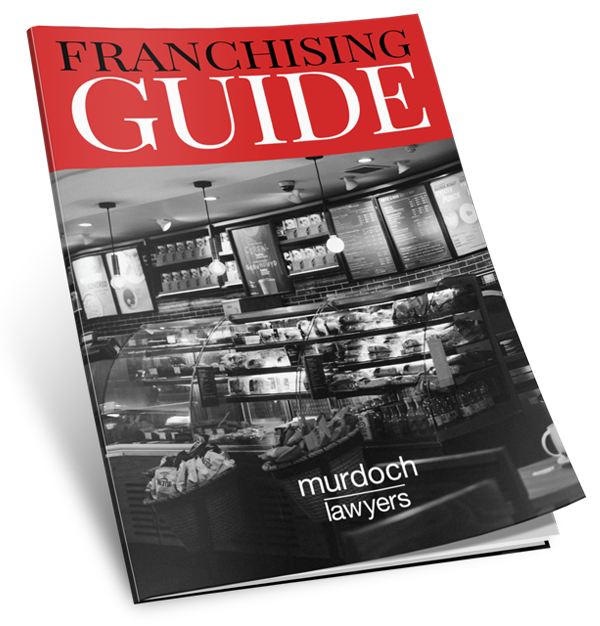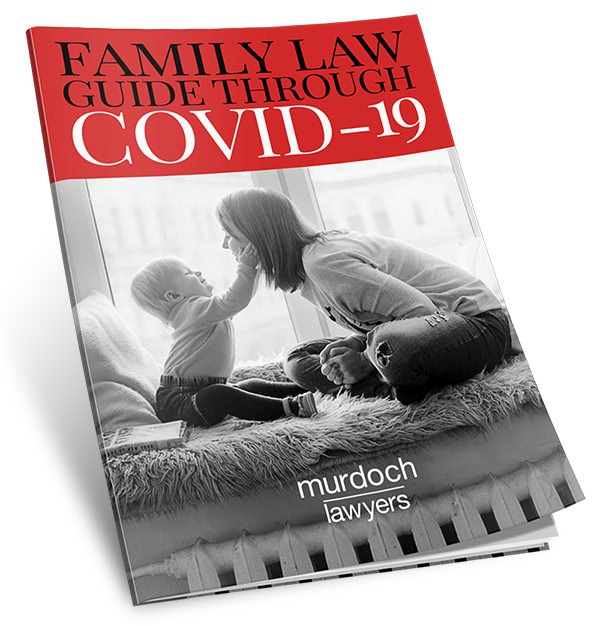
It is important to note from the outset that a directorship is an office, not necessarily a position of employment, but it can be both depending on the circumstances.
Applying the ‘multi-factor’ test
A good indication an employment relationship exists is where a person is engaged under a contract of service and not a contract for services (see Lincoln Mills (Aust) Ltd v Gough [1964] VR 193, 198). A contract of service will allow for the normal incidences of employment, such as annual leave, personal leave, set duties, hours of work and remuneration.
In the absence of a written contract, the common law ‘multi-factor’ test will be applied (see Hollis v Vabu Pty Ltd (2001) 207 CLR 21) to determine the nature of the relationship. This test involves weighing up a number of factors, including:
- Method of engagement: usually an employees’ rights and duties are defined in their employment contract and/or in the relevant industrial instrument. Conversely, the rights and duties of an officeholder are set out in the Corporations Act and/or the company constitution.
- Right to delegate / authority / control: an employee will not usually have the authority to delegate their duties and will have limited control over their work;
- Personal risk: employees usually bear little or no personal risk in relation to the work they perform. Alternatively, directors can be held personally liable and will often be required to take out their own insurances (worker’s compensation).
- Hours of work: employees will generally have set days and hours of work.
- Leave entitlements: employees are entitled to annual leave, long service leave and personal leave etc., directors are not.
- Payment: employees are paid a wage or salary as consideration for personal services rendered. Directors will generally receive dividends.
Relevant case law
The recent case of Jeremy Taylor v ALG provides some insight into how the Fair Work Commission applies the multi-factor test to determine whether an employment relationship exists.
In that case the FWC had to decide if two of ALG’s company directors were also employees. The question of whether the directors were employees was critical for determining if the company was a small business employer (i.e. an employer who employs fewer than 15 employees at a time, excluding true casuals).
The FWC ultimately held a contract of employment did not exist between the parties (i.e. the directors were not employees). In reaching its decision, the FWC considered the ‘true character’ of the relationship with the case turning on the following facts:
- the directors were involved in high level strategic, marketing and technology matters and were responsible for hiring and firing employees;
- the directors were not involved in the company’s day to day dealings;
- the directors were not engaged pursuant to an employment agreement;
- the directors did not have any specific roles or duties;
- the directors derived income from the company through dividends as shareholders and had no entitlement to wages or superannuation; and
- the directors were not covered by ALG’s workers compensation policy.
The FWC commission handed down a similar finding in the 2016 case of Wilson v B.A.R.B Trading [2016] FWC 3841. In that case, the FWC held two managing directors (as they identified themselves) were not employees. The FWC determined while the managing directors withdrew monies from the business as ‘wages’ neither of them did so as consideration for personal services rendered. They also did not receive the usual incidental benefits of employment (e.g. long service leave, superannuation, annual leave and personal leave) and notwithstanding their nominal title of ‘managing director’, the directors did not engage in the day to day operational matters of the business.
Overall, these cases demonstrate the FWC will look beyond a person’s position title and consider the totality of the relationship between the parties (Anderson v James Sutherland (Peterhead) Ltd. [1941] SC 203) in order to determine if an employment relationship exists.
Key take outs
The existence of an employment relationship is a question of fact to be determined on the particular circumstances of each case.
To avoid the risk of a dispute, employers should be careful to engage workers pursuant to written employment agreements, which clearly defines the nature of the relationship and sets out the conditions of employment.
Where the employee is a high income employee, they will also have a guarantee of annual earnings. A Modern Award does not apply to an employee at a time when the employee is a high income employee.




